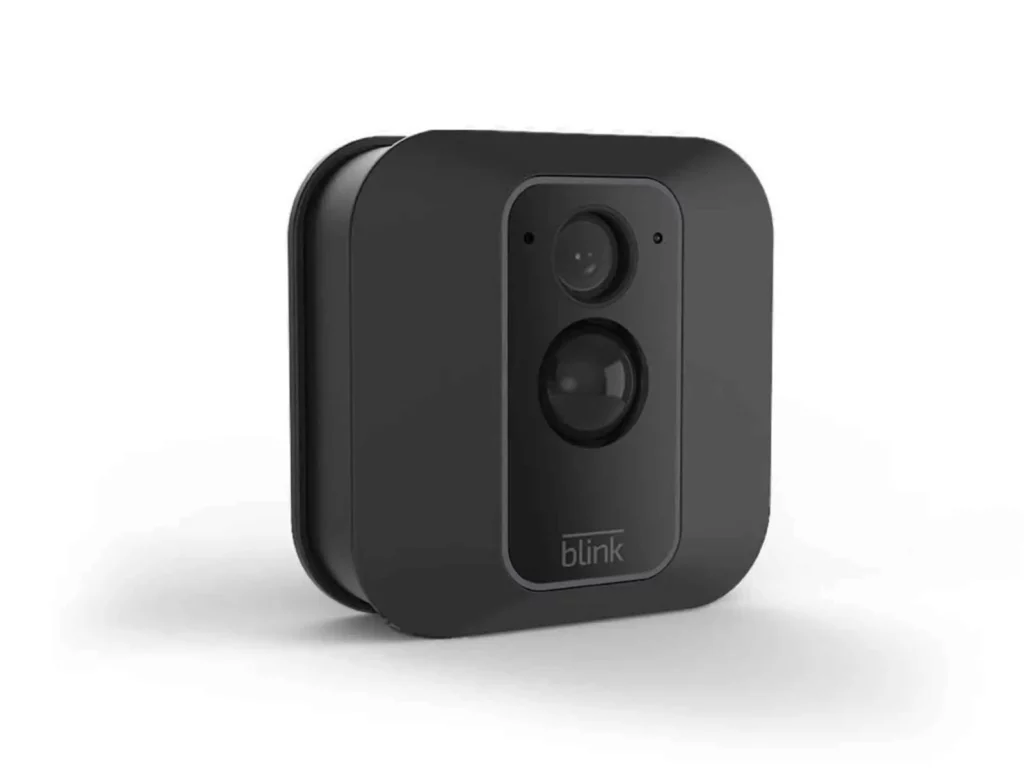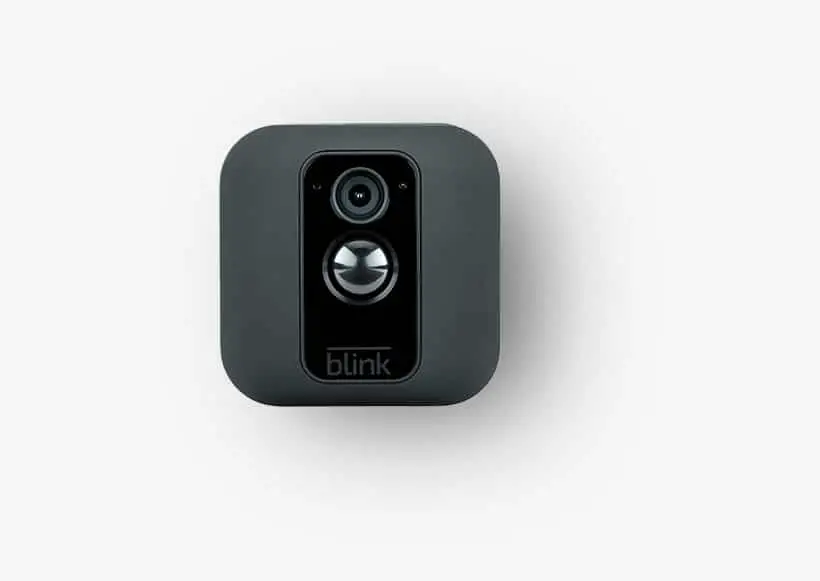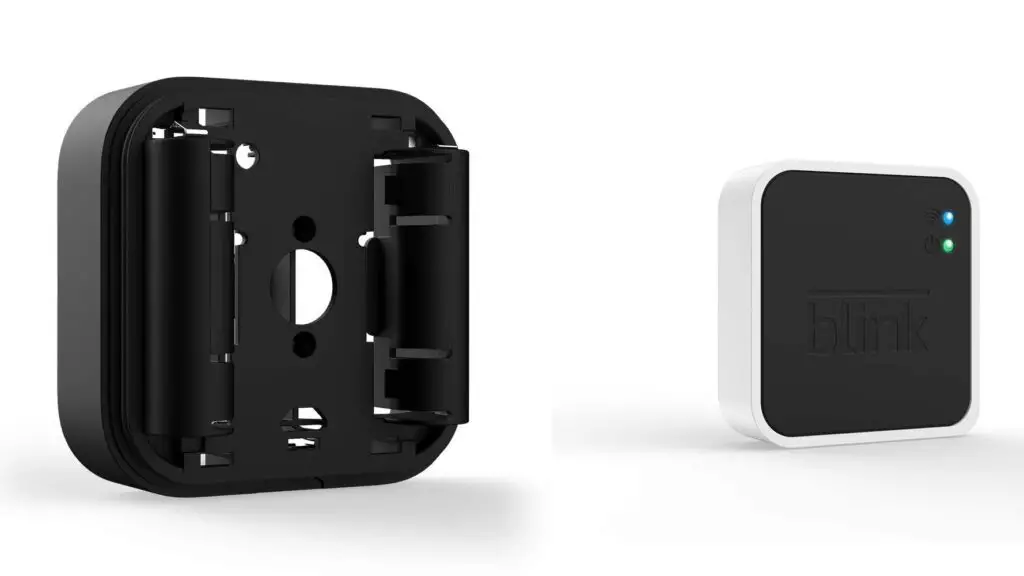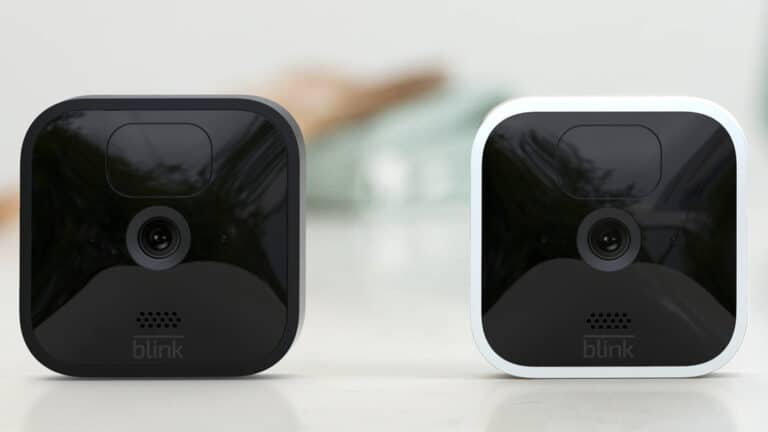Introduction
How Many Batteries Does A Blink Camera Take: Wireless security cameras have become a trustworthy option for individuals and businesses in an age of increased security concerns and smart home technology. Blink cameras are popular for their seamless integration, user-friendly features, and remarkable battery life. It Blink cameras offer high-definition video monitoring, motion detection, and cloud storage without wire thanks to rapid technical innovation.
Blink cameras are ideal for customizable security systems due to their wireless installation and simple configuration. However, their battery mechanism makes them portable. Explaining Blink cameras’ power needs, including battery count. Tests of Blink camera models’ power consumption and battery life. We’ll also examine how usage frequency, surroundings, and camera settings affect battery life.
Making informed camera placement, maintenance, and investment decisions requires understanding the Blink camera’s battery system. Understanding battery capacity and drain variables allows customers to maximize Blink camera performance and assure uninterrupted surveillance, giving them piece of mind in protecting their property and loved ones.

How long do batteries last in Blink cameras?
Two years
According to Blink, their cameras can last up to two years on a single set of AA lithium batteries. However, this estimate is based on the cameras being used for an average of 40,000 seconds per month, which equates to about 1,333 seconds per day.
The longevity of batteries in Blink cameras is a critical aspect that directly impacts the camera’s overall performance and convenience for users. One of the key selling points of Blink cameras is their wireless, battery-powered design, which grants users the freedom to install the cameras in various locations without being constrained by power outlets or wiring.
The actual lifespan of batteries in Blink cameras varies depending on several factors, including camera usage, environmental conditions, camera settings, and the quality of the batteries used. Generally, Blink cameras utilize AA lithium batteries, which are known for their longer lifespan compared to traditional alkaline batteries.
On average, with moderate usage and optimal settings, Blink camera batteries can last anywhere from six months to two years. Frequent camera activations due to motion detection, constant live streaming, or more extended recording times will consume battery power more rapidly, potentially shortening the battery life.
Do Blink cameras run out of battery?
If you’ve received a notification saying that one or more of your cameras have high usage, this means that you won’t get the expected 2 year battery life that Blink cameras offer. High usage means that the amount of motion clips recorded and Live View used is causing the batteries to deplete quicker than expected.
Yes, Blink cameras can run out of battery over time due to their wireless, battery-powered design. While Blink cameras are engineered to be energy-efficient and have a reasonably long battery life, they are not immune to eventual battery depletion.
The actual duration before a Blink camera runs out of battery depends on several factors:
Camera Usage
Frequent camera activations, such as triggered by motion detection or continuous live streaming, will consume battery power more quickly than cameras that experience less activity.
Environmental Conditions
Extreme temperatures, especially in hot climates, can impact battery performance and potentially shorten battery life.
Camera Settings
The camera settings, such as motion detection sensitivity, recording duration, and video quality, can influence battery consumption. Higher settings may use more power.
Battery Quality
The type and quality of batteries used in the cameras can affect their overall lifespan. Lithium batteries are recommended for longer-lasting performance compared to alkaline batteries.
Connectivity
Camera battery life can be impacted by the strength of the Wi-Fi connection. Weak or unstable connections may cause the camera to work harder, leading to faster battery drain.
When a Blink camera’s battery is low, the Blink app usually sends notifications to alert the user. Regularly checking battery levels through the app is essential to ensure the camera remains operational.
How does Blink battery last so long?
This incredibly long battery life is made possible through a proprietary chip technology available only in Blink cameras. Two AA lithium metal batteries last up to two years, based on typical use of Live View, motion-activated recording, and two-way talk (only available on XT2).
The impressive longevity of Blink camera batteries can be attributed to several key design features and energy-efficient technologies integrated into their system. These factors combine to make Blink cameras one of the most power-conserving options in the realm of wireless security cameras.
Low Power Consumption
Blink cameras are engineered with low-power components and optimized software to minimize energy usage. When the camera is not actively recording or transmitting data, it enters a sleep mode, which significantly reduces power consumption.
Motion-Activated Recording
Blink cameras are equipped with motion sensors that trigger recording only when movement is detected within the camera’s field of view. This feature ensures that the camera is not constantly recording, saving battery power during idle periods.
Efficient Wireless Connectivity
Blink cameras are designed to communicate wirelessly with the sync module, which acts as a bridge between the camera and the user’s network. The sync module efficiently manages the connection, reducing power drain on the camera itself.
High-Quality Components
Blink cameras utilize high-quality components, including power-efficient image sensors and processors, which contribute to overall energy savings.
Lithium Batteries
Blink cameras typically use AA lithium batteries, which are known for their longer lifespan compared to traditional alkaline batteries. Lithium batteries also perform better under extreme temperatures, making them ideal for outdoor use.
Customizable Settings
Users have the flexibility to customize camera settings through the Blink app. Adjusting motion sensitivity, recording duration, and other features can optimize battery life based on individual preferences and needs.
Scheduled Arm/Disarm
Blink cameras can be set to arm or deactivate at predetermined periods by users. By using this option, users can save battery life when monitoring is not necessary.
What to do when Blink battery dies?
The two non-rechargeable AA 1.5v Lithium batteries that come with the battery-powered Blink cameras are simple to swap out when necessary. Batteries for Blink cameras should be swapped out for Energizer Ultimate 1.5v Lithium AA batteries or something similar.
When a Blink camera’s battery dies, it is essential to take appropriate steps to ensure uninterrupted surveillance and maintain the security of your property. Here’s what you should do when the Blink camera’s battery runs out:
Replace or Recharge the Battery
The most straightforward solution is to replace the depleted batteries with fresh ones or recharge the existing batteries if they are rechargeable. Ensure you use the recommended AA lithium batteries for optimal performance.
Check Camera Placement
Examine the placement of the camera to make sure it is not subject to harsh weather conditions or other environmental elements that might have accelerated the battery’s quick deterioration. Relocate the camera if necessary to a spot with more favorable conditions.
Update Camera Settings
Review and adjust the camera settings through the Blink app. Lowering the motion detection sensitivity or reducing the recording duration can help conserve battery power.
Consider Using a Power Adapter
For indoor cameras, consider using a Blink camera power adapter (sold separately) to provide continuous power, eliminating the need for batteries altogether.
Implement Battery Management
Regularly check the battery levels of your Blink cameras through the app. Keep track of battery usage and replace or recharge batteries as needed to avoid any downtime in surveillance.
Schedule Arming and Disarming
If possible, schedule specific times for arming and disarming your Blink cameras through the app. This can help optimize battery usage during periods when surveillance is not required.

How do I check my Blink battery level?
Our recommended replacement batteries can be purchased on Amazon. You can monitor battery level in the Blink app, on the Camera Settings screen when you tap the settings icon in the camera thumbnail. Battery strength indication is either OK or Needs Replacement. I hope this helps!
Checking the battery level of your Blink camera is a simple process that can be done through the Blink app on your smartphone or tablet. The app provides you with real-time information about the battery status of each of your Blink cameras. Here’s how you can check your Blink camera’s battery level:
Open the Blink App
Launch the Blink app on your mobile device. Ensure that you are logged in with the same Blink account used to set up your cameras.
Access the Camera List
Once you are in the Blink app, tap on the “Camera” icon or navigate to the camera list, which typically appears on the home screen of the app.
View Battery Status
In the camera list, you will see a thumbnail view of each of your Blink cameras. Next to each camera’s thumbnail, there is usually an icon or a label indicating the battery status.
Battery Icons
The battery status is represented by different icons that indicate the approximate level of battery remaining. Typically, these icons might include a full battery icon for high battery levels, a half-filled battery icon for medium levels, and a low battery icon when the battery is running low.
Tap on Camera for Details
To view more detailed information about the battery level, tap on the camera’s thumbnail. This will take you to the camera’s live view page, where you can see the exact percentage of battery remaining.
Check Sync Module Battery
If you have a sync module connected to your Blink cameras, you can also check its battery level in the same way as described above.
Does Blink have an internal battery?
Yes, your Blink Outdoor Camera will switch to using its internal 1.5v AA lithium batteries in the event that your Solar Panel Mount has no charge.
Blink cameras do not have an internal battery. Instead, they are designed to be powered by external batteries, typically AA lithium batteries. The lack of an internal battery is intentional, as it allows for a more compact and lightweight design while providing users with the flexibility of wireless installation.
Outdoor and distant installations without power outlets benefit from this capability.
Compared to other batteries, Blink cameras last longer with AA lithium batteries. Due to its increased energy density and improved environmental performance, lithium batteries are suited for outdoor use and provide consistent power for long periods.
Is Blink camera battery rechargeable?
The Lithium batteries that come with the Blink system are NOT rechargeable. If the camera is plugged in while the batteries are inside, the batteries will not recharge. Also keep in mind that your batteries will run out even if your device is powered by a USB cord.
Users are supposed to swap out the expired batteries in the ordinary Blink camera devices for new ones when they run out of juice.
However, it’s important to note that Blink has introduced some special camera models that do offer rechargeable battery options. For example, the “Blink XT2” and “Blink Indoor (2nd Gen)” cameras come with an optional add-on called the “Blink XT2 Battery Pack,” which includes two rechargeable AA lithium batteries and a charging cable. With this rechargeable battery pack, customers can save time by charging the batteries as needed rather than buying new ones all the time.
If you own one of these specific models and have purchased the rechargeable battery pack, you can recharge the batteries using the provided cable and a standard USB power source, such as a wall adapter or a computer.
Why are my Blink batteries dying so fast?
Extreme Temperature Conditions
Extreme heat or cold will quickly drain their power, significantly affecting their performance. If you are in a region that is experiencing too much hotness or coldness, your batteries could be draining constantly because of the extreme temperature conditions.
If your Blink camera batteries are dying faster than expected, there could be several reasons behind the rapid battery depletion. Understanding these factors can help you identify the issue and take appropriate steps to optimize battery life. Here are some common reasons why Blink batteries may drain quickly:
High Camera Activity
Frequent camera activations due to motion detection or continuous live streaming can consume battery power more rapidly. Adjusting the camera’s sensitivity or recording duration can help manage battery usage.
Poor Signal Strength
Weak Wi-Fi signals or connectivity issues between the camera and the sync module can cause the camera to work harder to maintain a connection, leading to faster battery drain.
Extreme Temperatures
Operating the camera in extreme heat or cold can impact battery performance and shorten battery life. Consider relocating the camera to a more temperature-controlled area if possible.
Camera Placement
Ensure that the camera is not facing busy or high-traffic areas where constant motion detection occurs, as this can lead to increased battery usage.
Battery Type and Quality
Using non-recommended or low-quality batteries may result in shorter battery life. Use AA lithium batteries only; they are advised for best results.
Overuse of Live View
Excessive use of the live view feature on the Blink app can drain the battery faster. Minimize live streaming unless necessary.
Firmware Updates
Occasionally, firmware updates may improve battery performance. Ensure that your Blink camera is running the latest firmware version available.
Camera Settings
Review and adjust camera settings through the Blink app to optimize battery usage. For example, reduce video quality or disable unnecessary features.

Conclusion
Understanding the power requirements of a Blink camera is paramount for maximizing its efficiency and ensuring continuous surveillance without interruptions. Our investigation has shed light on the various factors that influence the camera’s power consumption and battery life.
Users should be mindful of these factors to optimize their Blink camera’s performance and extend battery life. One key advantage of Blink cameras lies in their wireless design, enabling convenient installation without the need for complex wiring. The thoughtfully designed battery powering mechanism for the cameras enables this versatility. With the right understanding of battery management, users can enjoy the freedom of placing their Blink cameras in strategic locations to enhance security measures. As the demand for smart home security continues to grow, Blink cameras have emerged as reliable choices for users seeking accessible and user-friendly surveillance solutions.
Because they can run on batteries, they are perfect for outdoor use and distant regions where power sources could be few or nonexistent. The number of batteries a Blink camera takes is an essential consideration for users looking to maintain seamless surveillance. By being mindful of the camera’s power requirements and implementing best practices for battery management, users can ensure their Blink cameras perform optimally, providing a sense of security and peace of mind for homeowners and businesses alike. As technology continues to evolve, Blink cameras stand at the forefront of the smart security revolution, offering efficient and effective protection for what matters most.

